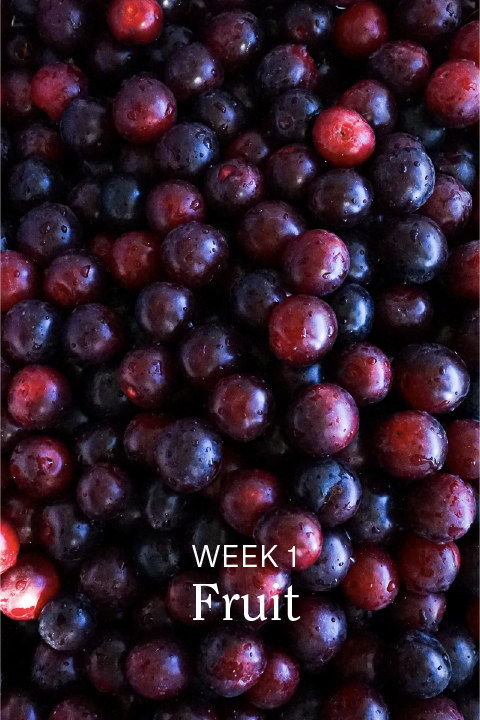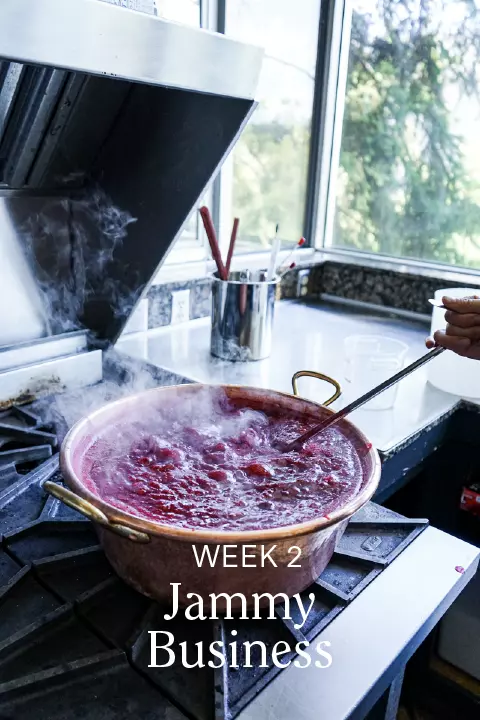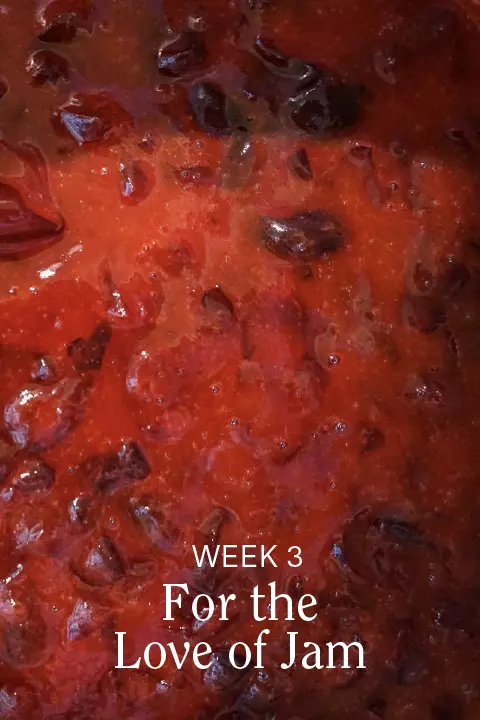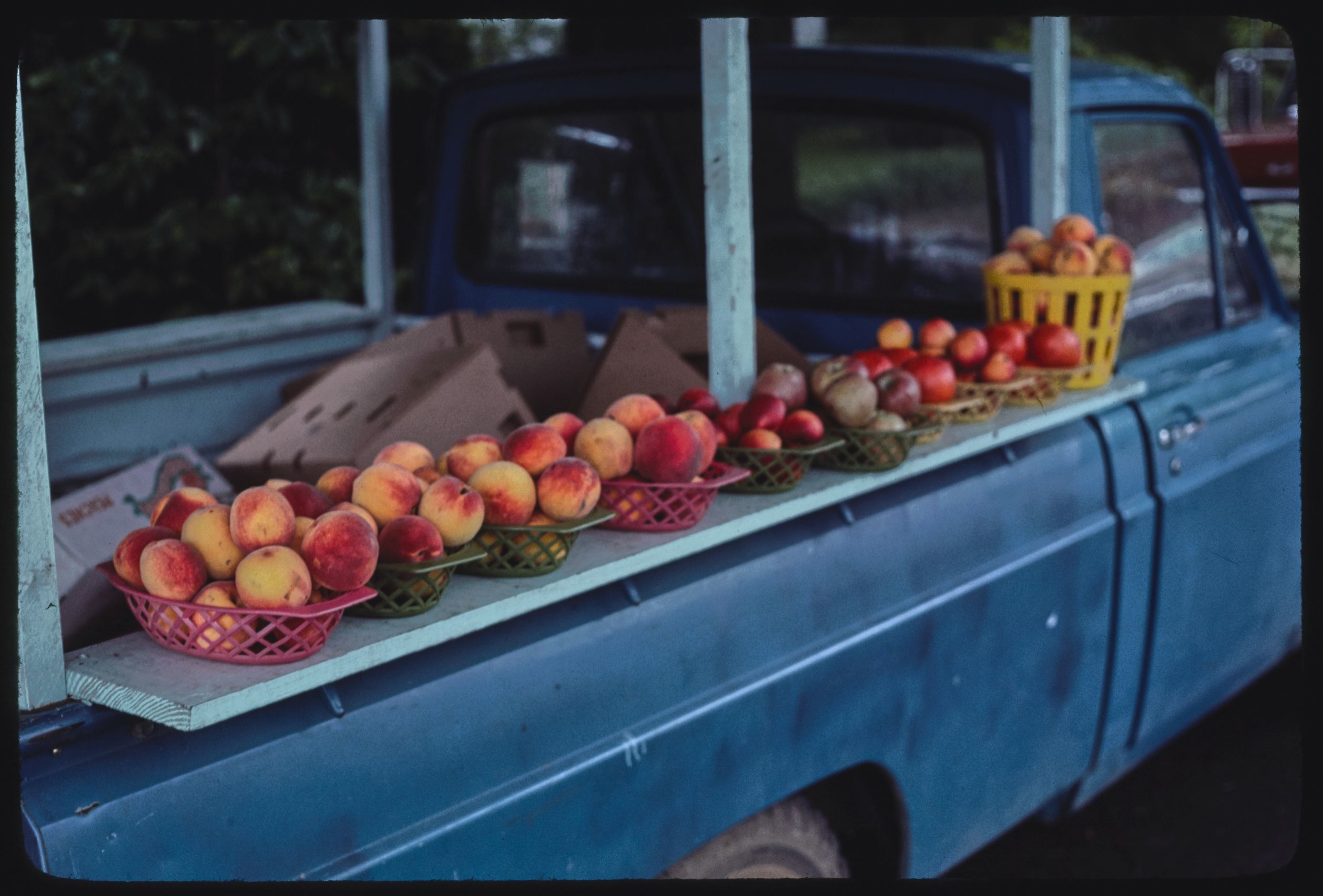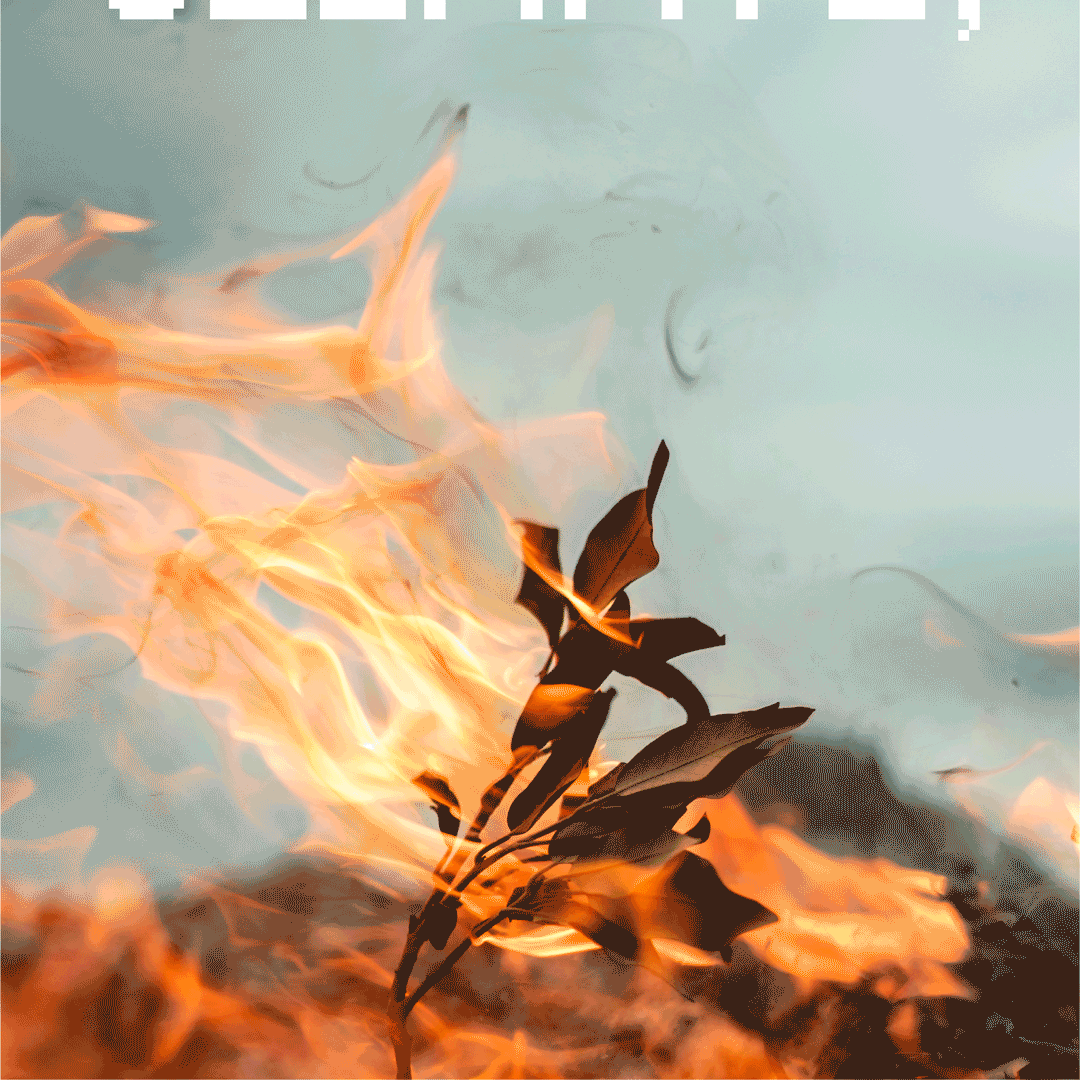
CLIMATE, CHANGED
A quarterly series elucidating how the climate crisis impacts the food and drink products we know and love.
WHY IT MATTERS
How might we respond to climate change, individually and collectively? It’s a hunky question. Break it down with us through the small things we already feel decisively about: our everyday food and drink. We might even come out with some answers.
HOW THIS WORKS
Each quarter, you’ll receive a limited-run email series—also published on web and social—diving into climate through a food or drink product’s agriculture, industry, and legacy. Expect educational reporting, business analysis, and creative wild cards.
EDITION: JAM
Currant started planning a feature about jam and climate change in April. We wanted to write a quarterly feature that dove into a food product through the lens of climate, making clear the impact of the climate crisis on foods we know and love. One of Currant’s team members has, of this writing, six different jams in her refrigerator.
Jam is specificity saved in sugar. (With help from pectin and an acid.) It’s the flavor of a particular season, a harvest of time. Jam captures what once was and what may or may not be again. Slather a piece of toast with jam, and you eat a ray of some yesterday’s sun.
Over the summer, Currant’s team shared articles, Twitter threads, and new research reports about climate change. It seemed that each week, we added a new article about yet another crisis—extreme heat in the US’s Pacific Northwest, flash floods in China and Germany—and another report with dire conclusions, including one from the UN’s Intergovernmental Panel on Climate Change (IPCC) that estimates the global food system is responsible for 21 percent to almost 40 percent of all greenhouse gas emissions.
“The reason we’re not more upset about the world ending environmentally is that I think all of us, in our hearts, really know that we did everything we could,” Marc Maron says in End Times Fun, his 2020 stand-up special on Netflix. “Right? I mean, we really did. We brought our own bags to the supermarket.” The comedian pauses, reflecting. Then: “Yeah, that’s about it.”
Another report from the European Association of Fruit and Vegetable Processors (PROFEL) found that produce farmers are already seeing climate change affect their crop yield. Higher temperatures damage crop yield, as do droughts, thunder storms, and frosts, all of which are heightened by climate change.
In 2013, seven years before the PROFEL report and the IPCC reports, the produce trade publication Growing Produce called climate change “the new normal in fruit farming.” (The article’s first paragraph, with its reference to debates about whether global warming is a concern, feels like a historical artifact.) Heat waves, more frequent freezes, hot and dry weather, and drought were just a few examples of weather variability that hurt fruit farmers.
For this feature, Currant reached out to jam producers¹ across the United States to hear how ‘the new normal’ was impacting their supply chain and farmers, their products, and future business plans.
Our climate is not only changing, it’s also permanently changed. We’re living in a time of emergency. How to respond, to sustain hope? “Belief initiates and guides action—or it does nothing,” writes Octavia Butler in Parable of the Sower. At Currant, we believe in belief; that by learning together, we can act with intention and make real a better world, a better future. Consider our Climate, Changed series an invitation.
¹INNA in Emeryville, Jamboree Jams in New Orleans, Ayako & Family in Seattle, Trade St. Jam Co in Brooklyn, and Brins Jam in Brooklyn
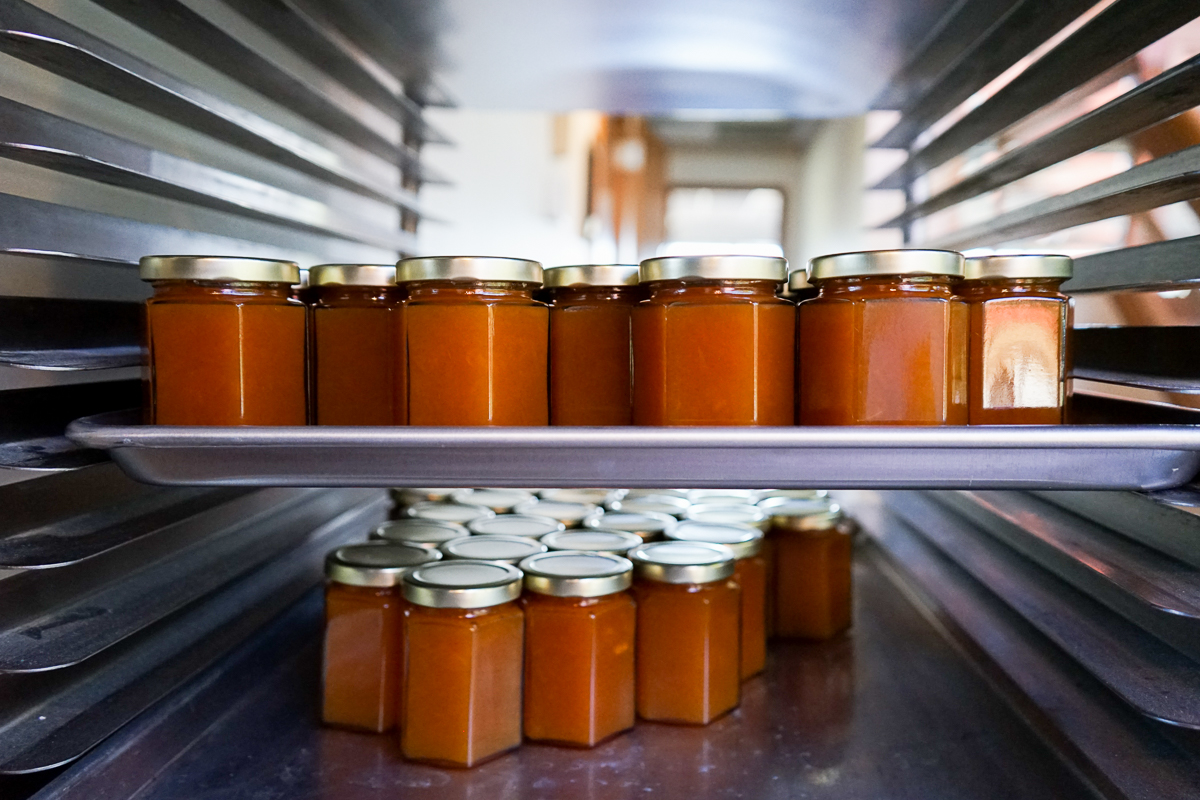
HOW THIS WORKS
Each quarter, you’ll receive a limited-run email series—also published on web and social—diving into climate through a food or drink product’s agriculture, industry, and legacy. Expect educational reporting, business analysis, and creative wild cards.
Currant is an independent food media collective, sustained by our readers and global community. Sign up to join today.
For Climate, Changed: Writing and reporting by Sarah Cooke. Graphic design and direction by Clare Lagomarsino. Editing, web design, and photography by Vicky Gu.
Sign up for Currantly, our monthlyish newsletter delivering original food stories and news analysis, plus fresh curations of recipes and product drops.
© Currant Collective. All rights reserved.
Logo & type branding by Unspoken Agreement.
Site design by Skin Contact.
